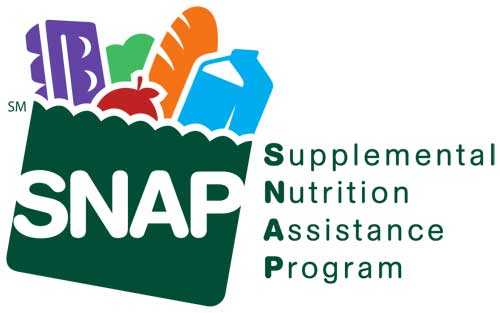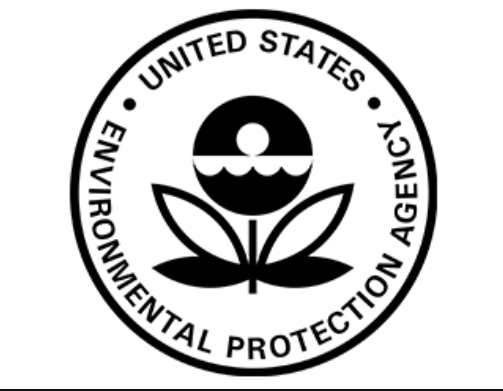The Obama administration recently unveiled a string of proposals to help struggling homeowners and get the housing market back on its feet — part of the administration's "We Can't Wait" election year to-do list. Of course, the White House has made big promises before about helping homeowners, only to see them disappoint time and again.
Here are the latest proposals, whether they are anything new and whether they stand a chance of going anywhere.
Refinancing
President Obama wants to allow homeowners whose mortgages are backed by private-sector companies to refinance at lower rates through the Federal Housing Administration. (The FHA insures many mortgages, and it is not the same as the FHFA, the regulatory agency in charge of Fannie Mae and Freddie Mac.) The president stressed that the proposal would help only “responsible” homeowners who were current on their payments — to counter Republican complaints that his housing policies reward foolhardy borrowers.
Déjà vu: This is only the latest in a long series of attempts by Obama to help homeowners refinance. There have been a few, minor attempts to push refinancing through the FHA. Via a separate program launched in 2009 that used Freddie and Fannie, more than 900,000 homeowners have refinanced, substantially fewer than the goal of 4 million homeowners.
Will it happen? Unlikely. This plan needs to get through a Congress that is staunchly opposed. “How many times have we done this?” said House Speaker John Boehner, R-Ohio.
Republicans have a number of objections. First, Obama wants the plan to be paid for with a fee on the banks in repayment for the bailout, a tactic that’s raised Wall Street hackles in previous budgets. Secondly, some Republicans balk at passing more risk on to the FHA, which is in danger of having to ask the Treasury for a subsidy for the first time in its nearly 70-year history. Even if the plan passes, its impact would likely be limited. For the Obama administration to instigate mass refinancing without Congress’ help, many say it would need to get Fannie and Freddie on board, a move the companies’ regulator has so far been reluctant to endorse.
Bill of rights
A so-called “homeowner’s bill of rights” aims to make things clearer for borrowers, requiring a standard set of forms and disclosure of fees and conflicts of interests. It also calls for help for those very close to foreclosure, including a right of appeal on the decision to foreclose. (Homeowners have claimed wrongful foreclosure for a wide variety of reasons, and have had little recourse to appeal mortgage servicers’ decisions.)
Déjà vu: This may be just a branding of efforts already under way across different agencies. The new Consumer Financial Protection Bureau says it is already developing a set of standard disclosure forms and rules aimed at preventing misleading or fraudulent practices by mortgage servicers. As for an appeal process, Treasury already has a system for complaints about foreclosures, and is reportedly expanding its review process for those denied eligibility for government loan modification programs. Advocates have criticized Treasury’s current review efforts as ineffective. And, separately, federal bank regulators are developing new standards for mortgage servicers.
Will it happen? According the White House’s announcement, a host of agencies that deal with housing will work to enact new rules in keeping with the bill of rights. But right now the bill of rights itself is simply a set of guiding principles that don’t yet have any teeth. (We’ve documented problems with enforcement on similar guidelines.) The Department of Housing and Urban Development and the CFPB did not respond to our queries on exactly how the bill of rights relates to existing efforts.
Loan modification
The administration’s plan to make it easier for homeowners to restructure their loans has two key elements. First, it lays out yet another push on principal reductions, which it argues are central to slowing the rate of foreclosures and stabilizing the market. The move triples the incentive for mortgage insurers, including Fannie and Freddie, to write down the amount owed by struggling borrowers. Secondly, it makes more borrowers eligible for HAMP, the administration’s loan modification program, and also will give some homeowners who were previously denied access to the program a chance to reapply.
Déjà vu: Like refinancing, incentives for principal reduction have been proffered again and again, with mixed success. As we’ve noted, a key obstacle is Fannie and Freddie, which guarantee mortgages and haven’t been willing to take the hit that lowering the amount a borrower owes entails even if doing so would ultimately prevent foreclosures. Meanwhile, HAMP has been beset with a host of enforcement and logistical problems.
Will it happen? As a tweak to an existing program, these changes don’t need to go through Congress. And as we explained last week, the mortgage settlement and these changes may actually breathe life into the disappointing HAMP program. But for principal reduction, the question remains: Will Fannie and Freddie give their OK? Without that, only a portion of homes in the U.S. could qualify.
Foreclosures to rentals
This plan takes foreclosed homes where mortgages were backed by Fannie and Freddie and sells them to investors who will put them on the market as rentals. Obama claims this will help heal neighborhoods blighted by empty buildings and evictions, and give a boost to real-estate sales.
Something new: This has been in the works since August 2011, and the Federal Reserve touted it recently as an important process, though Chairman Ben Bernanke cautioned it was no “silver bullet” for the housing market.
Will it happen? It’s already started, though it’s just an experiment for now. It will go through the FHFA, so it doesn’t need congressional approval. The FHFA has already put out its first call for investors for the pilot phase.








